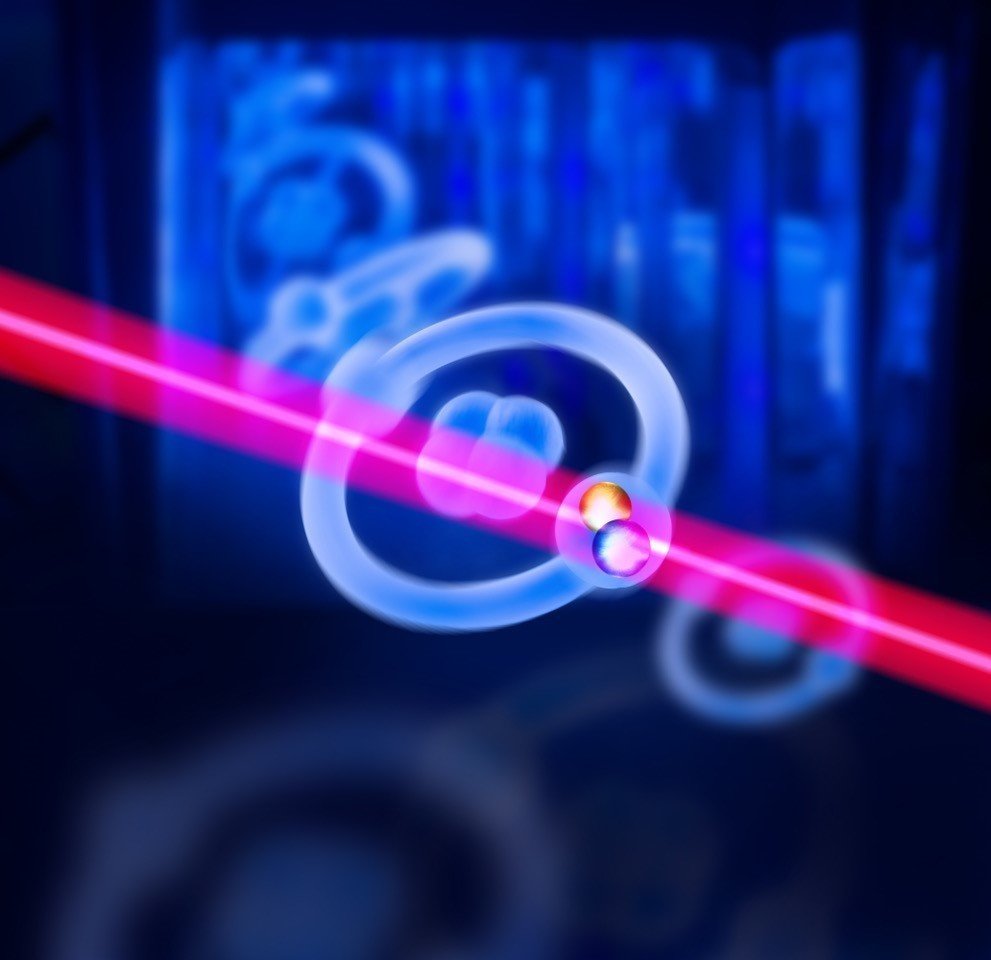Researchers from the Institute for Quantum Computing (IQC) at the University of Waterloo report the first occurrence of directly splitting one photon into three.
The occurrence, the first of its kind, used the spontaneous parametric down-conversion method (SPDC) in quantum optics and created what quantum optics researchers call a non-Gaussian state of light. A non-Gaussian state of light is considered a critical ingredient to gain a quantum advantage.
The team used microwave photons to stretch the known limits of SPDC. The experimental implementation used a superconducting parametric resonator. The result clearly showed the strong correlation among three photons generated at different frequencies. Ongoing work aims to show that the photons are entangled.
The study was published in Physical Review X.

